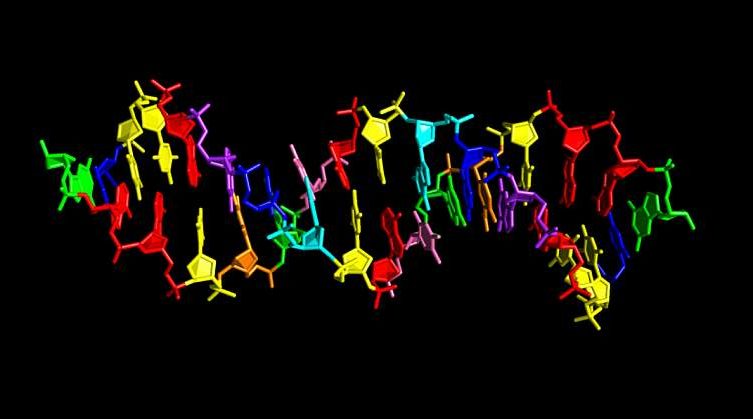
Is your child in high school and is interested in science subjects in a wider and deeper way than they are given in the school curriculum? Or maybe the child decided to enter the chemical, biological, or medical specialties at the university and would like to better understand the overall picture of the biochemical foundations of life and the practical application of these foundations?
We offer an online course in chemistry and biochemistry designed for participants interested in understanding and deepening knowledge in this field outside of the school curriculum. This course should greatly help participants not only in passing exams in chemistry and biology, but also in forming a holistic view of the structure of vital processes.
The course consists of 3 blocks, or approximately 23 lessons. The number of lessons can be increased if a more thorough study of a particular section is necessary, which will be decided as we progress. Each Zoom class will be accompanied by a large number of photos and videos based on animated biochemical processes. Also, all participants will be provided with PDF files containing all the images and diagrams used in the presentation of the material with a summary / description.
The class schedule will be announced in the near future.
From the hydrogen atom to genetic engineering
Block 1.
- Introduction. Chemical elements in biology. Chemical composition of biological systems. The emergence of life and extreme forms of living organisms from extreme conditions.
- The structure of the atom. Hydrogen, Oxygen, Carbon, Nitrogen, Phosphorus. Non-metals and metals. Periodic Table of Chemical Elements. Valence. Ions. Protons, hydroxyls, and pH .
- Structure of water and types of chemical bonds. The length and strength of a chemical bond. Covalent, ionic, hydrogen bond. Van der Waals forces.
- Energy in chemical reactions. Exo- and endothermic reactions. Bond breaking energy. Storage and spatial transfer of energy in a biological system. Enthalpy and entropy.
- ATP and its synthesis. Mitochondria.
Block 2.
- Repetition of the basic concepts of the first block.
- General idea of hydrocarbons and biological molecules structure. Carbohydrates, proteins, fats, nucleic acids, vitamins. Synthesis of biomolecules. Biopolymers.
- Fatty acids, lipids and fats. Biosynthesis, role in bioprocesses and structures. hydrophilic and gyrophobic.
- Monosaccharides / polysaccharides. Glucose and photosynthesis. Sucrose in everyday life as a source of energy. Ribose and deoxyribose.
- The structure of the DNA and RNA molecules. Nitrogenous bases, nucleotides. Chromosome. Gene.
- DNA Replication and Transcription. Transcription factors.
- RNA Translation. Ribosome. RNA triplets. mRNA, tRNA. Amino acid code.
- Proteins as structural information read from DNA. Primary, secondary, tertiary, and quaternary protein structure. Modifications and functions of proteins. activity regulation.
Block 3.
- Repetition of the main concepts of the second block
- Cell structure. Membrane, nucleus, endoplasmic reticulum, Golgi apparatus, mitochondria.
- The transport of substances within the cell. Vacuoles, lipo- and endosomes. Endocytosis and exocytosis. From bacteria to higher animals and plants. Intercellular contacts.
- Delivery of drugs into the cell. Physical, chemical, biological methods.
- Sequencing — reading the sequence of DNA nucleotides. ( Sanger Sequencing and NGS).
- PCR — polymerase chain reaction (PCR). Principle and application.
- RNA therapy, RNA interference, RNA vaccines.
- CRISPR-Cas system and genetic engineering.
- Examples of medical applications of RNA and CRISPR-Cas.
- Repetition of block 3 materials.